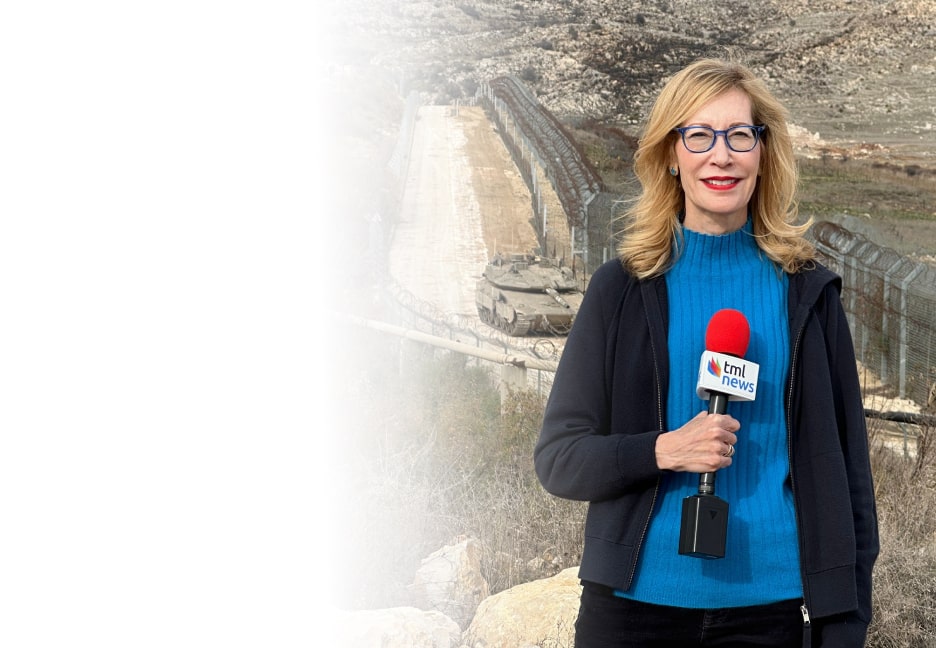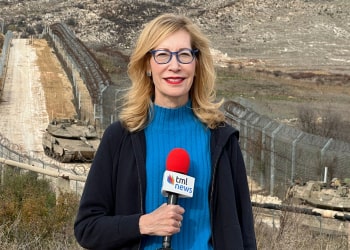In an exclusive report for The Media Line, Rizik Alabi examines Syria’s post-Assad chemical weapons legacy [1] and the fragile diplomatic path to US sanctions relief. Following the collapse of Bashar Assad’s regime in December 2024, inspectors from the Organization for the Prohibition of Chemical Weapons (OPCW) now estimate that more than 100 chemical weapons-related sites remain unaccounted for in Syria—far beyond what Assad’s government ever disclosed.
Many of these sites may be hidden in caves or remote areas, raising fears that some weapons, including nerve agents like sarin and blister agents like mustard gas, could remain unsecured. During the civil war, the Assad regime repeatedly used such weapons against opposition fighters and civilians, despite international condemnation and Syria’s 2013 accession to the OPCW under a US-Russian deal.
This holiday season, give to:
Truth and understanding
The Media Line's intrepid correspondents are in Israel, Gaza, Lebanon, Syria and Pakistan providing first-person reporting.
They all said they cover it.
We see it.
We report with just one agenda: the truth.


In March, Syria’s new Foreign Minister Asaad al-Shaibani met privately with US Deputy Assistant Secretary Natasha Franceschi, presenting a potential turning point. According to Syrian officials, Washington handed Damascus a list of conditions tied to partial sanctions relief—including full cooperation with the OPCW’s renewed mission.
Experts warn that Syria’s deteriorating security environment poses serious risks. “The US and its allies are concerned that the collapse of the regime’s military and security infrastructure and the growing chaos could lead to dangerous weapons being seized by unauthorized actors,” said Ayman Abdel Nour, a Syrian political analyst based in Washington.
To understand the history of Syria’s chemical weapons program, from Soviet collaboration in the 1970s to covert precursor shipments in the 1990s and chemical strikes during the civil war, read Rizik Alabi’s full report [1] on The Media Line.